Great off-road adventures are best experienced with a sturdy all-terrain vehicle like a Polaris. Although it is wise to know first what your warranties are before heading off for a drive. If you own a Polaris ATV, we've got you covered with the information you need on your vehicle warranty.
A brand new Polaris comes with six months limited warranty on all its components against manufacturing defects.
This means that the axles on your Polaris vehicle are covered with a limited warranty for half a year from the original date of purchase.
As we go along, we will cover topics on limitations and remedies for your vehicle warranty and maintenance tips to help you get the most out of your Polaris ATV. If this interests you, then keep reading!
What Is The Warranty Coverage Of Polaris
Polaris Industries, Inc. guarantees six months limited warranty on all its vehicle components. This warranty mainly covers material and workmanship defects. If your vehicle is for repair or specific parts are for replacement, your warranty should cover parts and labor costs.
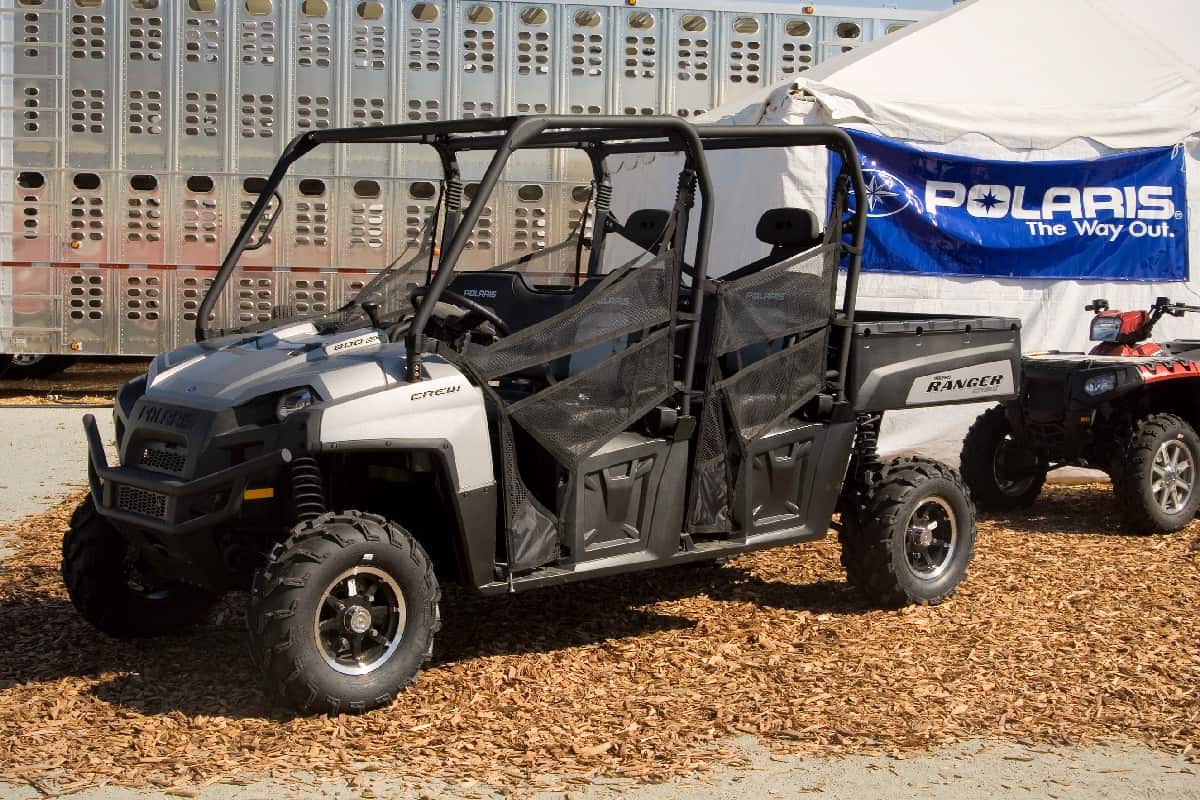
Vehicle Registration
Upon purchasing the vehicle, you are required to complete the Polaris Warranty Registration Form. Only then can your vehicle be covered. Keep the original registration form, as this will be the basis for your warranty coverage.
If you only have the customer's copy on hand, you need to contact your dealer for the original copy. Another requirement for the warranty to be valid is ensuring that your vehicle has proper dealer set-up. Otherwise, your warranty coverage becomes invalid.
The good thing about their warranty is that it is transferable. If you plan to sell your vehicle, the new owner can assume the warranty coverage as long as it is within the original term. Selling your vehicle will not extend its warranty term.
Exclusions
You must know what is included and not in your terms of coverage. So to spell it out for you, here are the exclusions on your vehicle's warranty:
- The warranty does not cover damage from force majeure events, accidents, improper handling, and natural wear and tear.
- Damages from improper maintenance and structural modifications on the vehicle and its parts are also not included in the warranty. Improper maintenance would include using the wrong lubrication and fuel and not observing proper engine timing. It is recommended that Polaris engine oil is used.
- Imperfections on the vehicle's surface and internal contamination from environmental factors are also excluded from the warranty coverage.
- Replacing your vehicle parts with unapproved components and accessories and subjecting it to unauthorized repair is also outside of the terms.
- Personal expenses incurred during shipping, transport, or pick-up of the vehicle are also not covered.
For better engine and vehicle performance, you can use the Polaris maintenance set.
Check out this complete Polaris ORV service kit on Amazon.
How To Extend My ATV Warranty
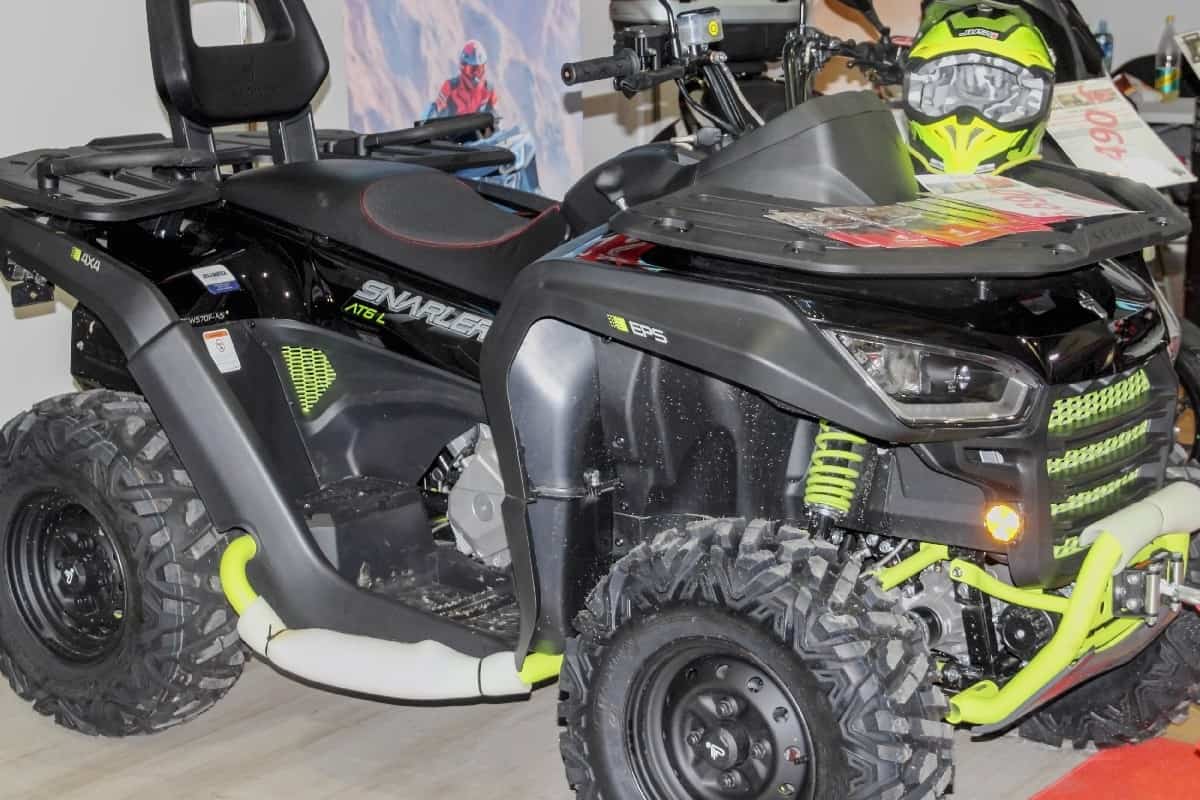
The six months warranty that comes with a newly purchased Polaris vehicle seems a bit short in terms and coverage. But the good news is you have the option to add protection services on top of your warranty.
There are four kinds of warranties offered by Polaris that depend on your vehicle type. Plan A is for On-Road Vehicles, plan B is for Off-Road Vehicles, plan C is for Snowmobiles, and plan D covers only accessories.
The price offer for each plan will differ according to your model and term. The longest term available is five years. If your declaration form does not reflect the plan amount, the default is $50 annually.
Plan components
The coverage of this piggyback service contract depends on the included components. For each vehicle, there are two plan types: the Power Protection Plan and the Total Protection Plan.
The Power Protection Plan covers a limited set of parts from the engine assembly, transmission assembly, engine management, fuel, and electrical assembly. It is available only to Plan types A to C.
On the other hand, the Total Protection Plan covers all parts of the assemblies mentioned with exemptions to the ones enumerated in the exclusion clause of the contract. It also covers Plan types A to D.
Some of those exclusions are similar to those in the original warranty. Other exclusions are:
- Damages or losses resulting from regular maintenance services
- Repairs of damages incurred before the contract
- Mechanical breakdowns occurring outside the territories of the USA and North America
- Repair costs of vehicles with no proof of preventive maintenance as prescribed by the manufacturer
- Expenses already guaranteed covered under the original warranty [for co-existing original valid warranty]
- Costs incurred from adjustments, alignments, tune-up, freight charges, and the like
- Replacement of electrical and audio components unless it's installed by the factory
Generally, the extended protection plan does not cover parts that are prone to mechanical wear and tear. It is worth noting that the axle is not mentioned as part of the coverage exclusions. So in this extended contract, damages to the axle can be covered.
This service contract is transferrable to the next owner but comes with a fee of $40. The transfer must be completed within a month of the change of ownership.
At this time, the seller has to provide all the maintenance receipts and complete logs to the next owner.
What Are Important Maintenance Tips For Polaris
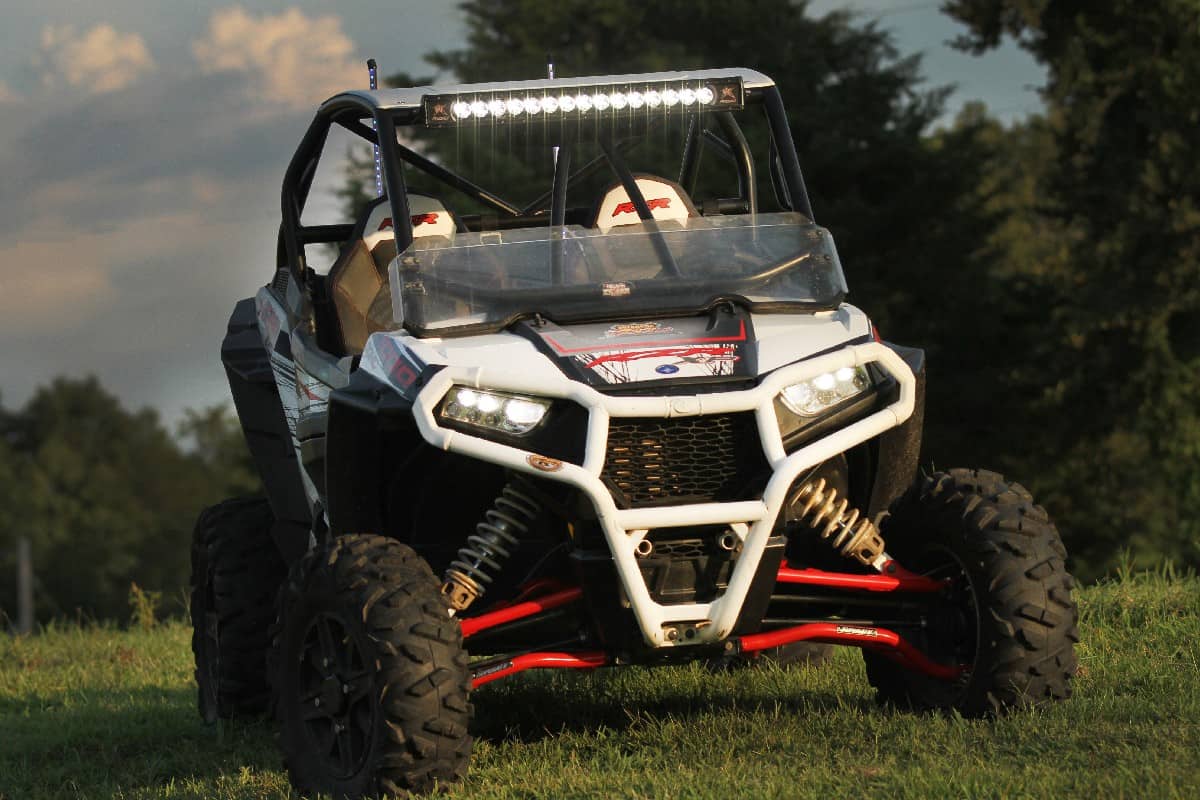
Here are some maintenance tips to guide you.
Maintenance Intervals
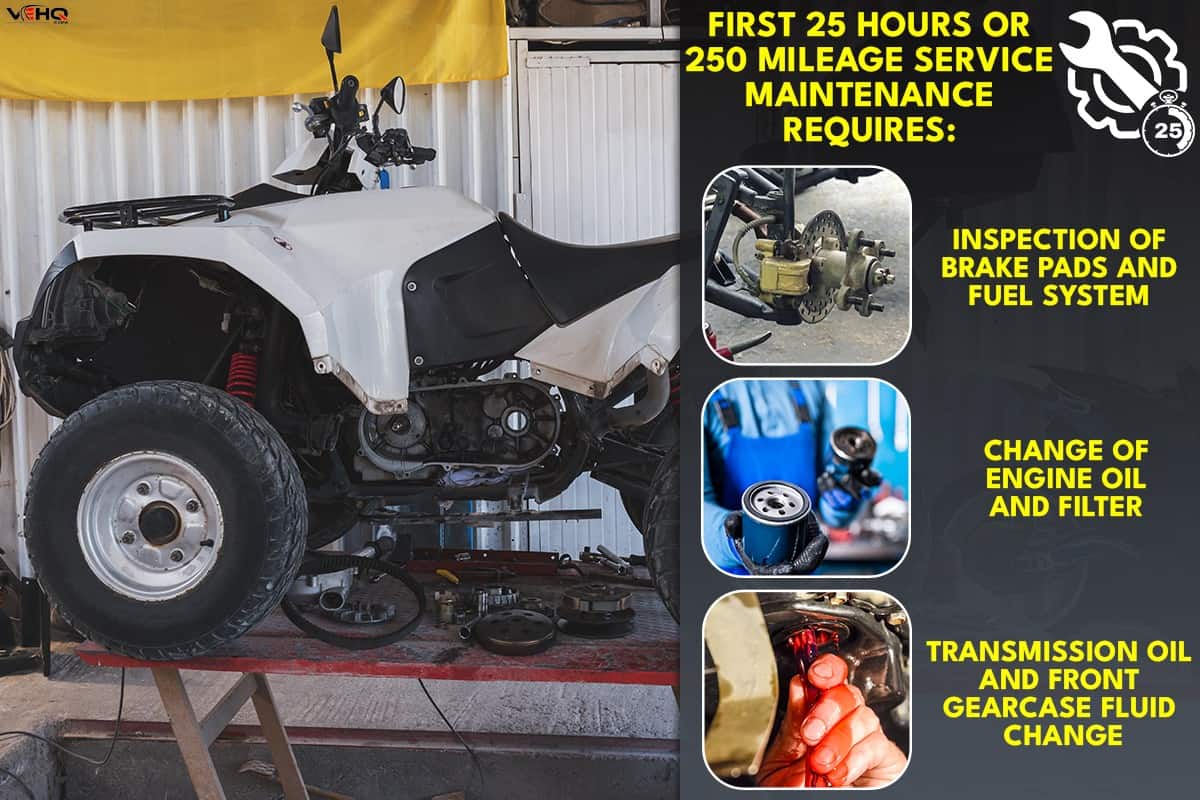
You can find the recommended scheduled maintenance of your vehicle in the owner's manual. The first 25 hours or 250 mileage service maintenance requires:
- inspection of brake pads and fuel system,
- change of engine oil and filter,
- transmission oil and front gearcase fluid change.
Service maintenance should be done every 25 hours or 250 miles running increment. The services performed will vary per session. The recommended maintenance interval presupposes an average vehicle speed of 10 miles/ hour.
If the vehicle is subject to rough use, the maintenance frequency should also be increased.
Engine Oil
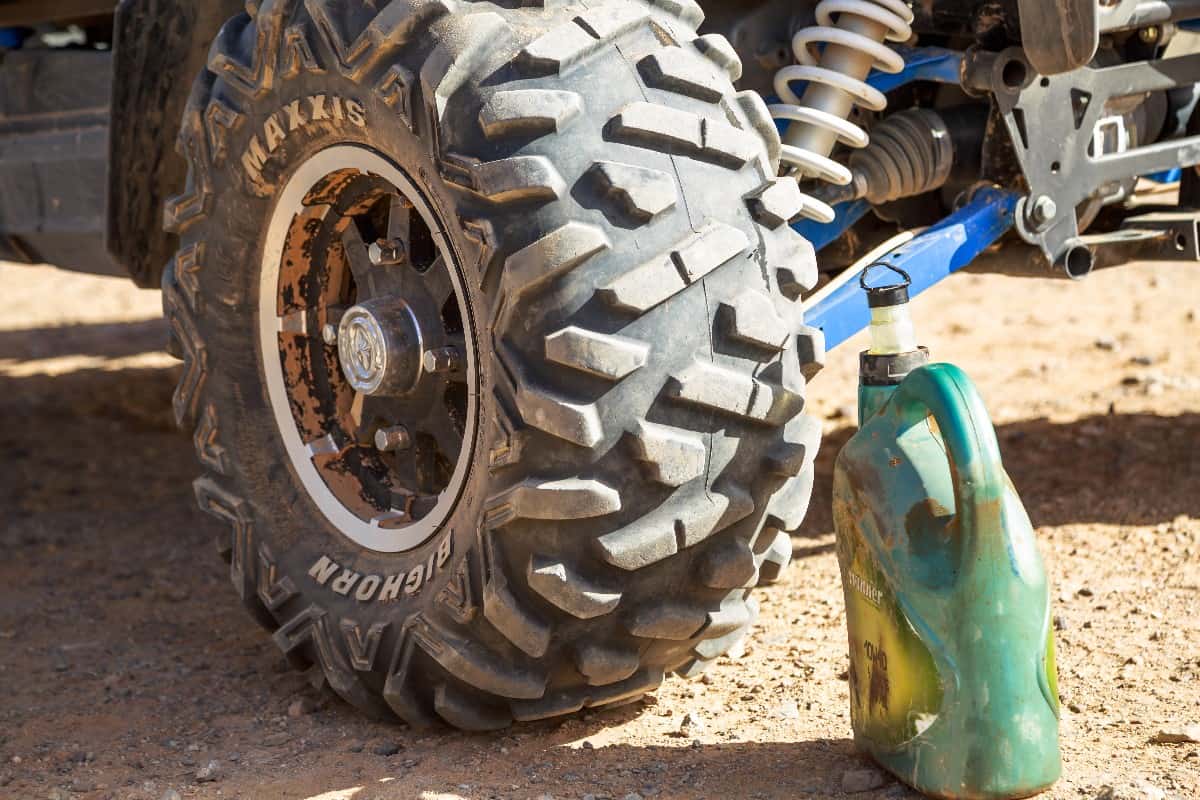
Never miss out on the recommended schedule for changing the oil. Vehicles with insufficient and contaminated engine oil will be at risk for accelerated wear and engine damage.
When inspecting the engine oil, put your vehicle on a level surface with its engine off. Check the engine oil level with a dipstick only when the engine is cold. Do not go beyond where the dipstick indicates as full.
Pay attention to the levels. An increase in oil level may indicate contamination. In this case, you need to change the oil immediately. If the problem persists, contact your dealer.
Whenever changing the oil, you should also change the filter with it.
Transmission Oil
To check on the transmission oil level, you need to access the fill plug at the left bottom side of the ATV footwell. A good oil level should reach the bottom edge of the fill hole lines. If the level is lacking, add the needed amount.
When changing oils, remove the drain plug on the right side. Drain the oil to the drain pan placed under the gearcase and dispose of the used oil as properly. Clean the drain plug and put it back in place.
Torque as specified. Then, remove the fill plug and add the oil to the recommended level. Put the fill plug in place and check for leaks.
Front Gearcase Fluid
The front gearcase fluid must be strictly changed every 25 hours of use, especially if the Active Descent Control [ADC] is heavily used. To change the front gearcase oil, first, you must locate the correct fill plug, which is at the front left side.
On the opposite side is the drain fill plug. You can refer to the steps of replacing the gearcase fluid with that of the transmission oil change. The steps to take are the same.
Apart from fluid change, you also need to be conscious about your cooling system and steering assembly. Use the recommended coolant, and do not mix with water.
If your periodical inspection reveals loose nuts or bolts, take your ATV to your dealer immediately. If your unit has power steering, make sure to keep the surrounding area clean for effective cooling.
Battery Maintenance
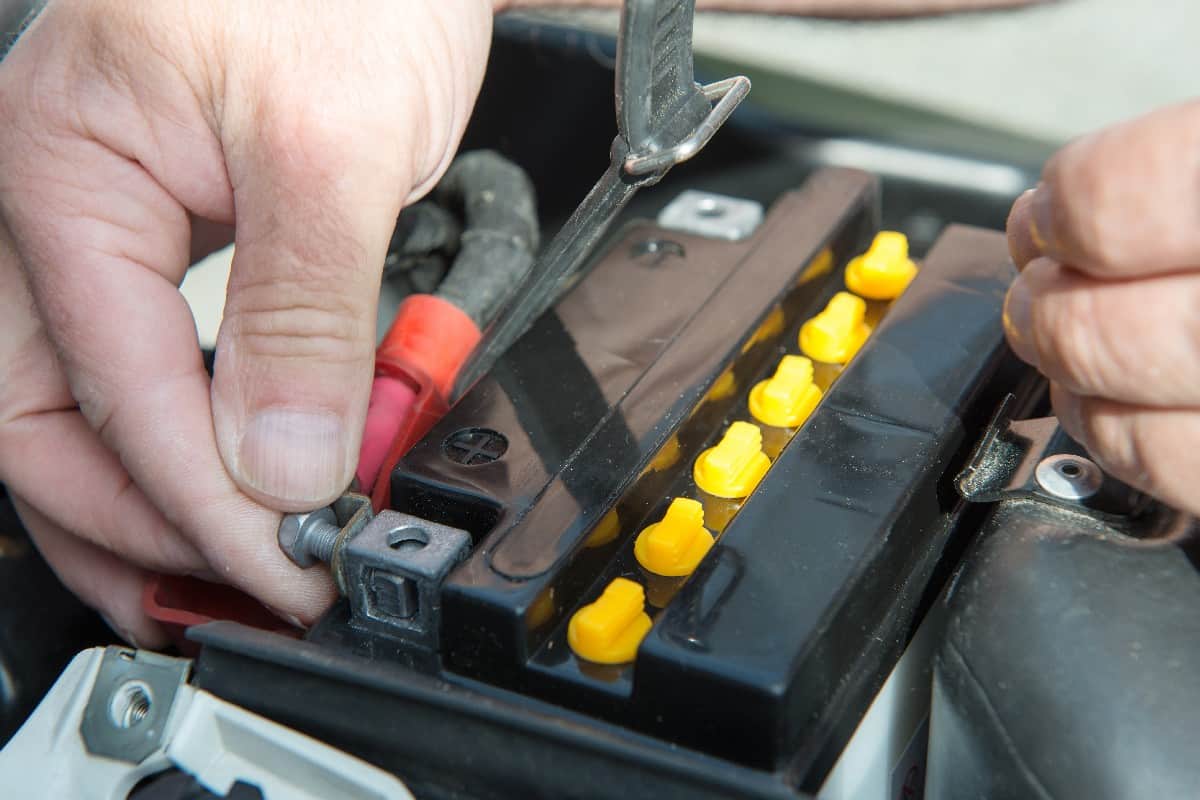
The battery is one of the components prone to fast wear and tear. To allow a longer battery shelf life, here are some best practice tips you can follow depending on the kind of battery you have:
Lead Acid Low Maintenance Battery
- Before using your ATV, make sure the battery is fully charged. Otherwise, your battery's life will decrease.
- The ideal nominal voltage is between 12.6V to 12.8V. Charge the battery immediately if the voltage is below 12.5V.
- Keep the charging output within 10% of the battery's amperage rating.
- Fully charge the battery every 30 - 60 days to keep battery life at its optimum.
- Using mineral or distilled water in the battery will shorten the battery life and damage its case.
- When storing this type of battery, make sure it is in a dry and cool location with the cables disconnected from the vehicle. Extreme temperatures will discharge the battery quickly.
Low Maintenance Battery
Best practices for low-maintenance batteries are almost the same as lead-acid batteries. The following are the only difference to take note of:
- For vehicles on standby for more than two weeks, make sure to keep the battery fully charged with a 12V 1.5 amp charger.
- If you plan to store your battery for more than a month, store it in a dry and cool place. Check on the battery every 60 days and keep it fully charged.
Closing
To sum up, as long as the conditions provided in your warranty and extended service contract are fulfilled, repair to possible damages on your axle is covered. It would also be advantageous for you to follow good maintenance practices for your vehicle, like the ones we provided.
Other related topics:

